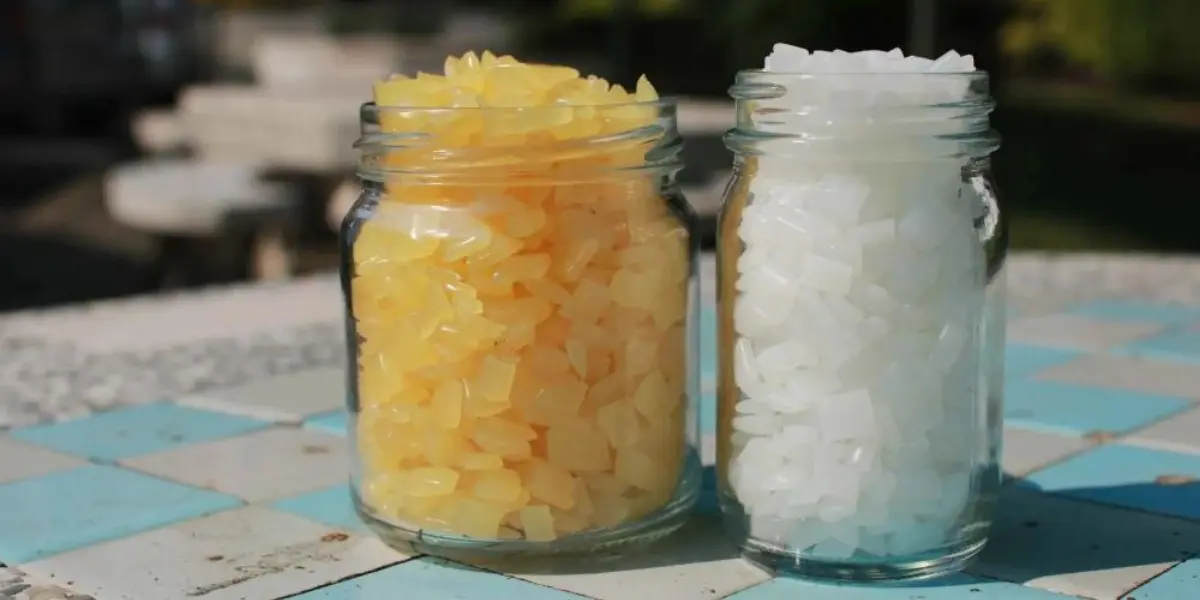This rapid setting process enhances efficiency in numerous projects. Strong hot glue sticks are particularly valued for their robust adhesion properties, making them suitable for materials such as wood, metal, fabric, and plastics. The gluing process involves heating the stick, applying the molten glue to the desired surfaces, and allowing it to cool and harden, resulting in a durable bond. Understanding the properties of hot glue, including its melting point, viscosity, and setting time, is crucial for effective glue application and achieving optimal results in both professional and DIY projects.
Hot glue sticks are available in various types, each formulated for specific applications and materials. Here’s a list of common types:
2. Low-Temperature Glue Sticks:
Designed for heat-sensitive materials such as polystyrene, silk, balloons, and glass, these sticks melt at lower temperatures (up to 130°C) to prevent damage.
3. High-Temperature Glue Sticks:
These sticks melt at higher temperatures and are used for applications requiring stronger bonds and better heat resistance.
4. Specialty Glue Sticks:
Formulated for specific materials or applications, such as:
a. Fabric Glue Sticks:
Tailored for bonding fabrics without causing damage.
b. Foam Glue Sticks:
Designed to adhere to foam materials without melting them.
c. Wood Glue Sticks:
Optimized for woodworking projects, providing strong bonds on wooden surfaces.
d. Construction Grade Adhesive Sticks:
Suitable for heavy-duty applications in construction and repairs.
e. Cosplay Glue Sticks:
Ideal for crafting costumes, adhering to various materials used in cosplay.
f. Glow-in-the-Dark Glue Sticks:
Contain phosphorescent materials, adding a glowing effect to projects.
g. Cool Shot Glue Sticks:
Melt at lower temperatures, making them safer for use by children or in delicate applications.
5. Colored and Glitter Glue Sticks:
Used for decorative purposes, these sticks add color or sparkle to craft projects.
6. Pressure-Sensitive Adhesive (PSA) Sticks:
These sticks form bonds under light pressure and are designed for applications where repositioning is necessary.
7. Polyamide (PA) Glue Sticks:
Known for their high strength and resistance to heat and chemicals, suitable for demanding applications.
8. Amorphous Poly Alpha Olefin (APAO) Glue Sticks:
Offer good adhesion to a variety of substrates and are often used in packaging and assembly applications.
Selecting the appropriate glue stick depends on the materials involved and the specific requirements of your project.
Glue sticks are a convenient adhesive tool commonly used for bonding paper, cardboard, and other lightweight materials. To ensure optimal results, follow these steps:
1. Prepare the Surfaces:
Ensure that the surfaces you intend to bond are clean, dry, and free from dust or debris.
2. Remove the Cap:
Take off the glue stick’s cap to expose the adhesive.
3. Extend the Glue:
Twist the base of the glue stick to raise the adhesive slightly above the tube’s edge.
4. Apply the Glue:
Gently press the glue stick onto the surface and spread the adhesive evenly, covering the entire area to be bonded. Pay special attention to the edges to ensure a secure seal.
5. Join the Surfaces:
Align the materials carefully and press them together firmly, smoothing out any wrinkles or air bubbles to achieve a strong bond.
6. Secure the Bond:
Hold the joined pieces together for a few seconds to allow the glue to set.
7. Seal the Glue Stick:
After use, twist the base to retract any exposed glue and replace the cap to prevent the adhesive from drying out.
1. Ease of Application:
Glue sticks provide a mess-free and straightforward application, making them ideal for both children and adults.
2. Quick Drying:
They dry rapidly, allowing for efficient project completion without extended waiting times.
3. Non-Toxic and Safe:
Many glue sticks are formulated to be non-toxic and acid-free, ensuring safety during use, especially in educational settings.
4. Wrinkle-Free Bonding:
High-quality glue sticks apply smoothly without clumping, preventing wrinkles even on thin papers.
5. Long Shelf Life:
Glue sticks have an extended shelf life and do not dry out easily, making them reliable for long-term storage.
6. Versatility:
Suitable for various materials, including paper, cardboard, fabric, and lightweight plastics, making them useful for diverse projects.
7. Portability:
Compact and lightweight, glue sticks are easy to carry and store, making them convenient for on-the-go use.
8. Minimal Waste:
The twist-up design allows for controlled application, reducing adhesive waste and ensuring efficient use.
9. No Harmful Vapors:
Unlike some liquid adhesives, glue sticks do not emit harmful vapors, providing a safer environment during use.
10. Repositionable:
Certain glue sticks offer the ability to reposition materials shortly after application, allowing for adjustments before the adhesive sets.
Incorporating glue sticks into your projects offers these advantages, enhancing both the quality and efficiency of your work.
Hot glue sticks are an essential adhesive solution for a wide range of applications, from DIY crafts to industrial projects. Their ease of use, quick bonding, and versatility make them a go-to choice for professionals and hobbyists alike. By selecting the right type of glue stick and following the proper gluing process, you can achieve strong, durable bonds on various materials.
Whether you need a standard, low-temperature, high-temperature, or specialty glue stick, understanding their properties will help you maximize their effectiveness. With benefits such as quick drying, non-toxicity, portability, and minimal waste, glue sticks offer a reliable and efficient way to complete your projects.
Incorporate hot glue sticks into your workflow to experience their convenience and strength firsthand. With the right knowledge and application, they can become an indispensable tool for all your adhesive needs!

